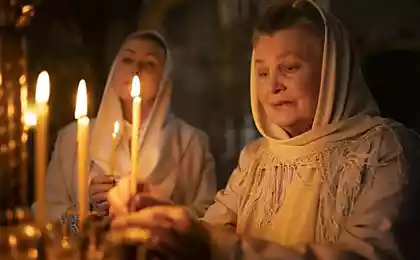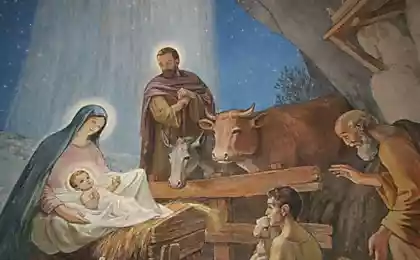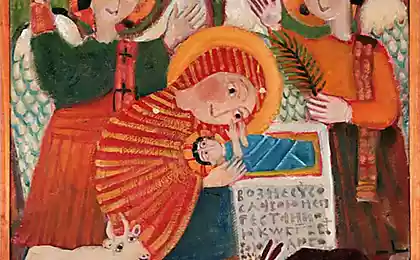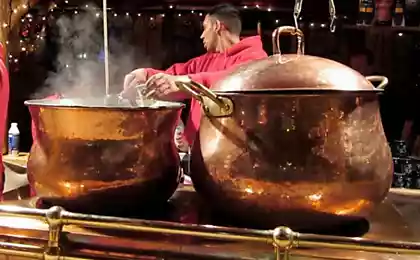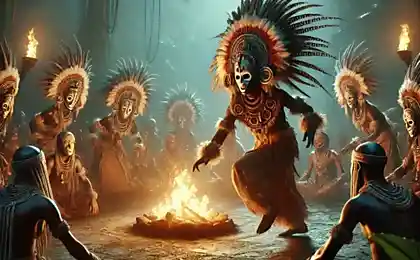1549
10 frightening Christmas customs from different countries
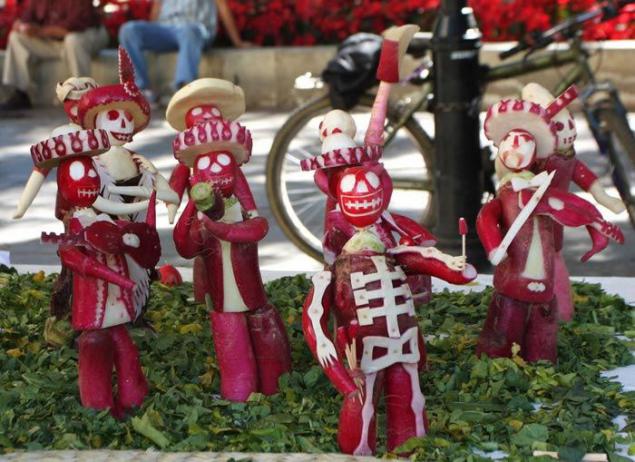
For all Mexicans who hate vegetables, radishes night there, the name of which is more suited to a horror movie. Nevertheless, it is an ancient traditional holiday in Mexico, celebrated in the main square of Oaxaca since 1897.
This holiday, like any other includes dances, songs and hits, but as you might guess, its main character is a radish is cut out of wonderful characters and even scenes. For this case we used a specially grown radish crop which is removed after the designated time, to exceed the size of a standard root.
Radish is considered the official day on December 23, but like any other good holiday it continues until December 25.
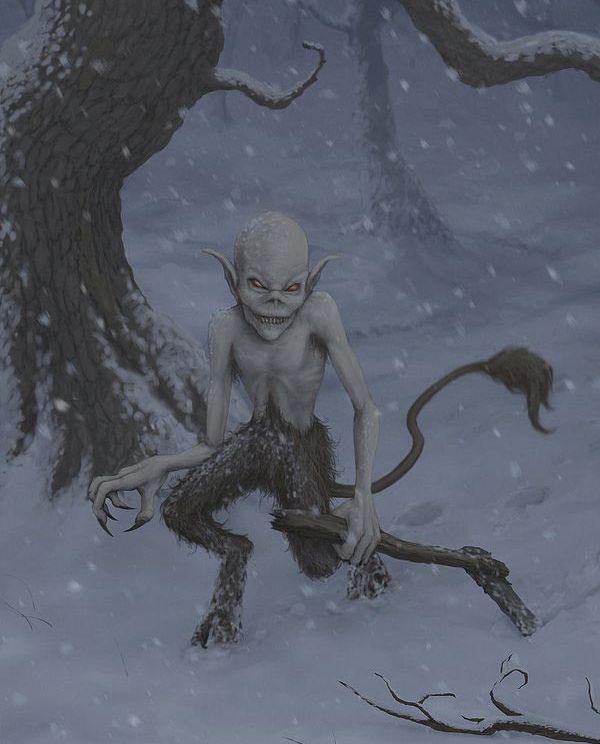
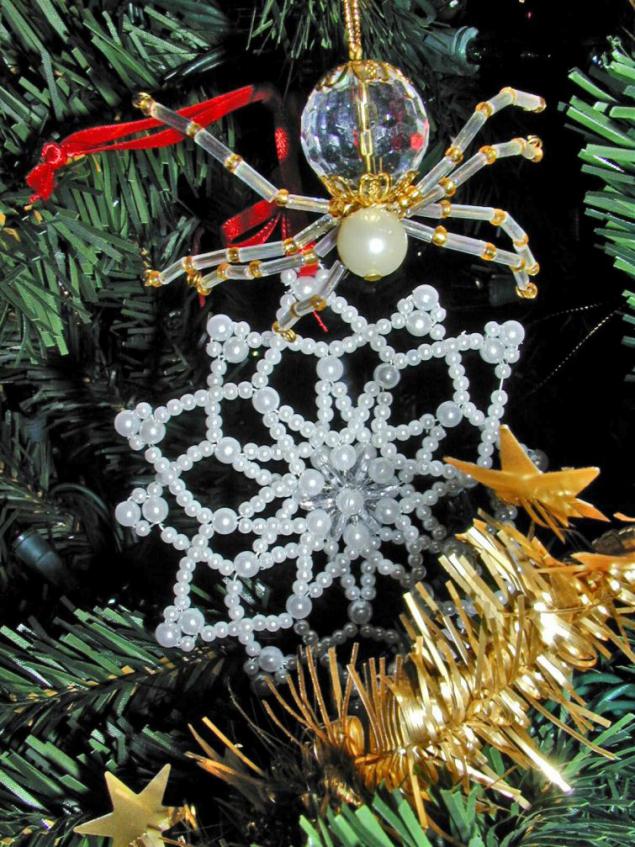
According to Greek folklore, underground goblin known as Kallikantzaroi, come out of the ground, to do evil in the 12 days of Christmas. Most legends describe them as black hairy creatures that look like humans but have horns and tails. To get rid of a goblin, some Greeks set fire to burn incense or even smelly shoes in the fireplace, while others mark their front door black cross on Christmas Eve. The worst part of this legend is that all children born in one of the 12 Days of Christmas, are under threat of becoming a Kallikantzaroi, when they become adults. To prevent this you must singe nails baby or wrap them with garlic and straw.
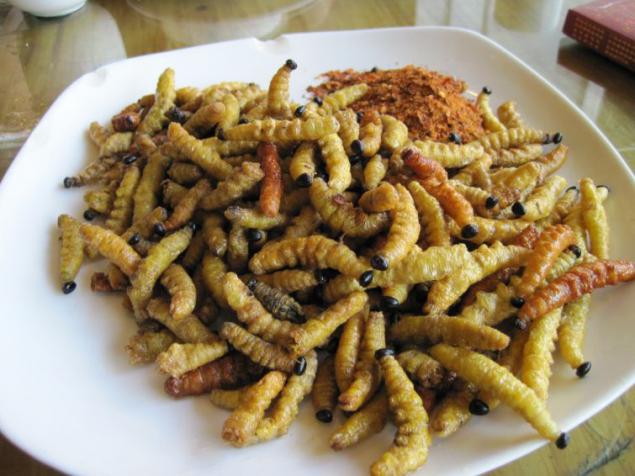
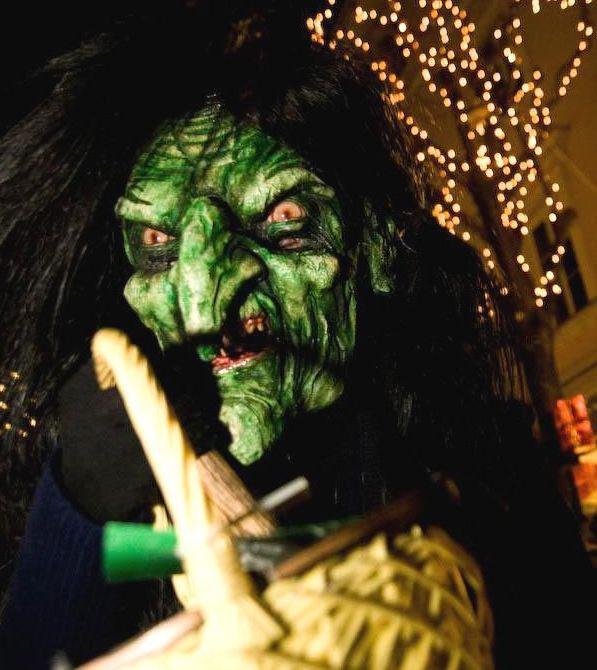
If you think that the web is not the best decoration for Christmas, then Poland will seem strange, because in Polish culture, spiders symbolize prosperity and kindness. One Polish legend says that when Jesus was born, it was very cold and the spider splёl for him a blanket from the web. That is why in Poland Christmas trees are often decorated with artificial cobwebs and ornaments in the form of spiders.
Such a tradition also exists in Germany and Ukraine. Ukrainian legend tells of a poor mother, who could not afford Christmas decorations, but when her children woke up the next morning, they found the Christmas tree, decorated with cobwebs. It may not have been the most festive sight, but when the first rays of the sun struck and lit tree, turned into a web of silver and gold, and the family no longer than needed.
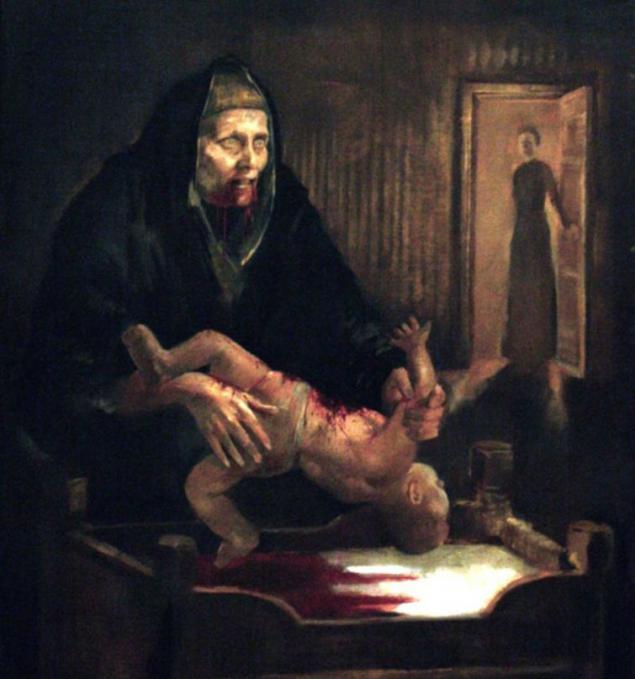
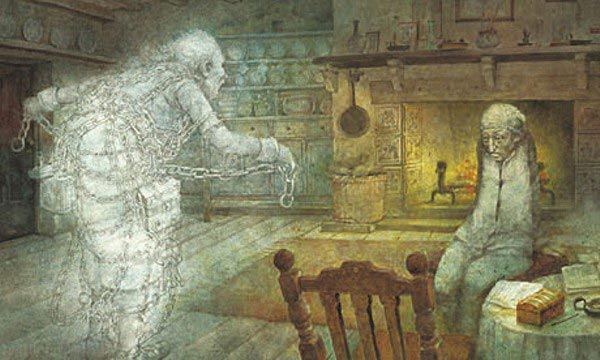
Speaking of creepy critters gummy worms and beetles in the form of sweets we remember Halloween, but never Christmas. However, in some regions of South Africa, more than one traditional Christmas would not be complete without a good portion of the imperial moth larvae deep fried. For most Africans caterpillars are a delicacy, so the family, which will be on the table this dish will treat it as a delicacy.
Actually quite nutritious and caterpillars fraction of protein contained in them is higher than in fish and beef.
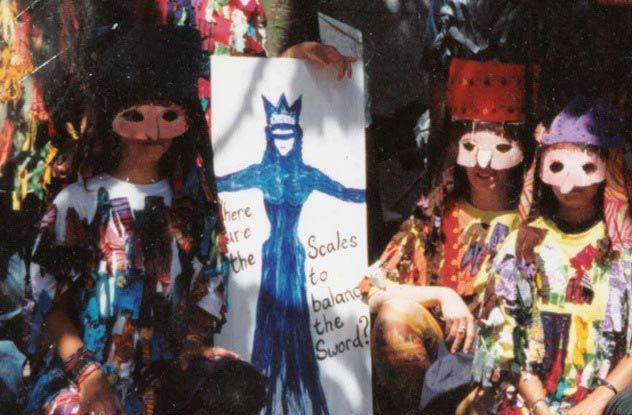
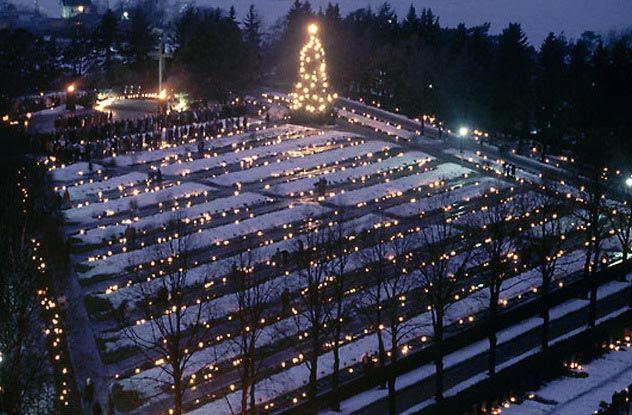
According to the Austrian and Bavarian legend, a witch named Berchta knows what the children were lazy, hard-working and which throughout the year. She roamed the earth and secretly enters the house within 12 days of Christmas to punish or reward children. Those who worked hard, she puts a silver coin in the shoe, and those who were lazy, she cuts bellies pulls gut, replacing them with straw, stones or other debris.
Berchta name is derived from the feast of the Epiphany, known as Berchtentag. In Slovenia, it is also known as Frau Faste, which translates as "Mrs. days of fasting." Traditional holiday Berchta witches celebrate on December 31: the 11th day and 12-fifth night.
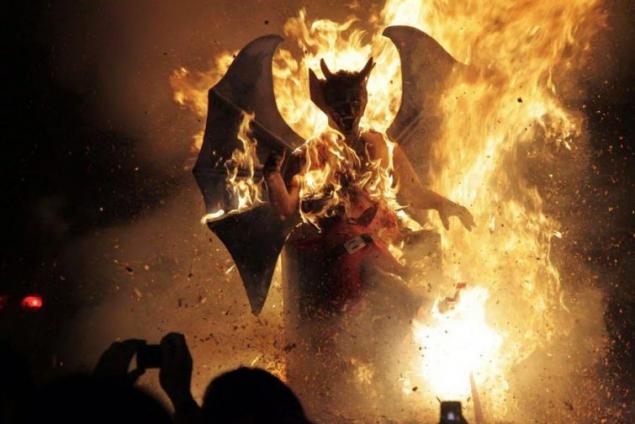
--img11--
In Icelandic folklore there ogress named grill. Like Santa Claus and the aforementioned Berchta, grill has supernatural power, which helps her find out who of naughty children, and who behaved well throughout the year, though it does not encourage good children, but only punishes the disobedient. On Christmas Eve, grill comes out of his den to hunt for local children. Favorite Food ogress - stewed boys and girls who do not obey their parents. Grill was not always Christmas characters, but in the 17th century, it has been associated with Christmas Cat and Yule Lads - it was declared by their mother.
--img12--
--img13--
Not so long ago, eerie ghost stories have been a tradition on Christmas Eve. In Victorian England, Christmas and ghosts were also inextricably linked as tea and scones. Perhaps the best example of this is "A Christmas Carol" by Charles Dickens. No coincidence that the protagonist visited by four tales of supernatural spirits, because in the past century, Christmas was always associated with something supernatural. It was believed that the barrier between the living world and the world of the dead became thin on Christmas Eve, allowing ghosts to get into the living world, at least for one night.
--img14--
--img15--
In Newfoundland, there is an unusual tradition, combining jokes and Christmas caroling.
People known as masks, dressed in homemade costumes and masks and go through the city, going from house to house. They knock on the door, playing musical instruments and dancing on the porch of the house, while the owners are trying to guess what kind of person is under the suit. To homeowners was easier to do this, they have the right to ask questions to the guests. When the identity of entertainers installed, they should remove their masks and go into the house, where they usually invite homeowners.
In the old days carols were commonplace, that almost all the people know each other. To date, people have become more cautious and less willing to open their doors to strangers in masks.
--img16--
--img17--
In Finland, people visit the graves of their relatives and friends on Christmas Eve and leave lighted candles in their honor. Those whose relatives are buried somewhere else next visit cemeteries to honor the dead. As a result, on Christmas Eve, all the cemeteries in Finland are covered with hundreds of candles. Even people who have lost loved ones, often walking in the cemetery to enjoy the festive atmosphere.
Other countries also commemorate the dead on Christmas Day. For example, in Portugal there is a traditional Christmas celebration called Consoda, which is both a holiday and mourning. On this day, the family sit down and commemorate those who lost.
--img18--
--img19--
We thought that any mention of the devil will not take place during the Christmas holidays, but on December 7 in Guatemala celebrated traditional holiday called La Quema del Diablo, or burning of the devil.
Local residents clean their homes for a year from the accumulated garbage and discarded before the house. Then they make an effigy of the devil and prevent him to the top of the garbage heap, then burning it. This symbolically chases the devil and give people relief from the problems that had accumulated over the year.
--img20--



